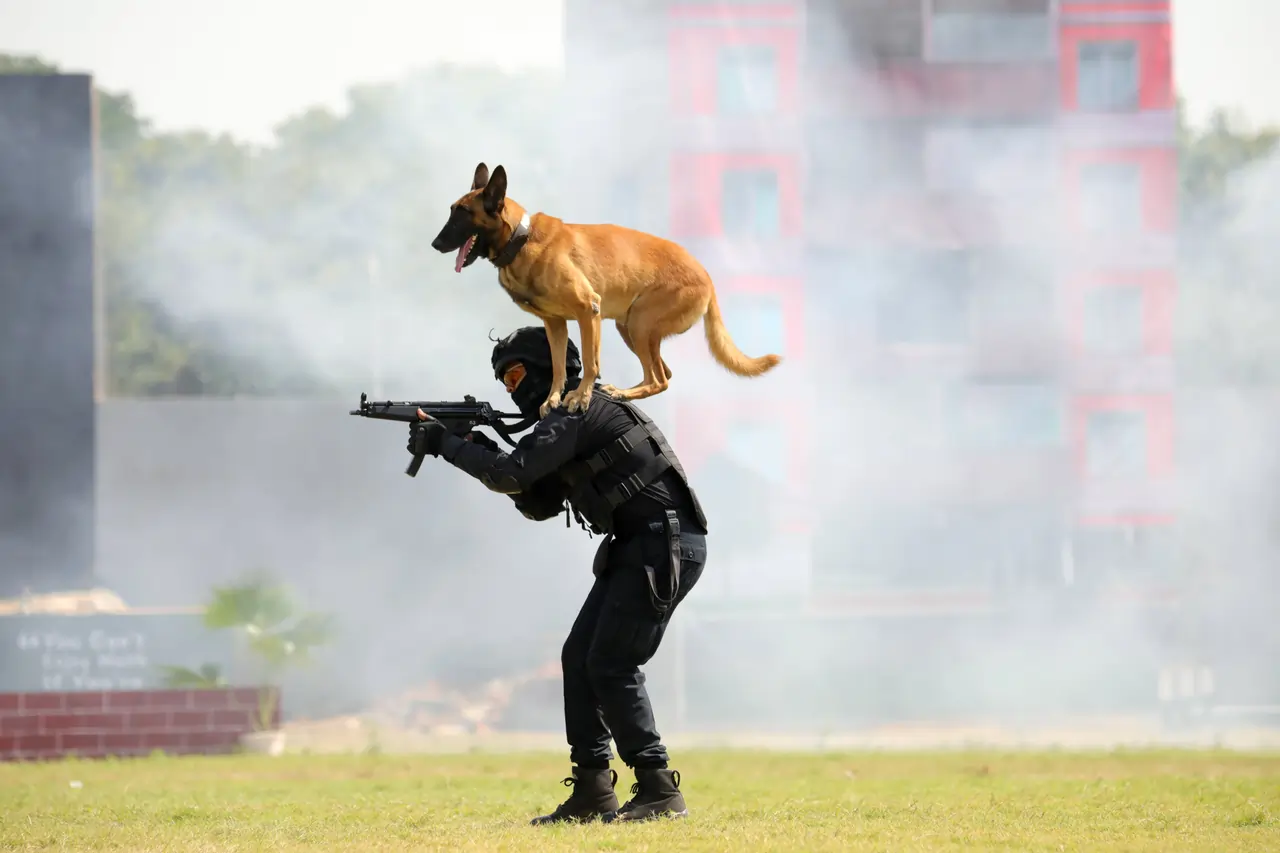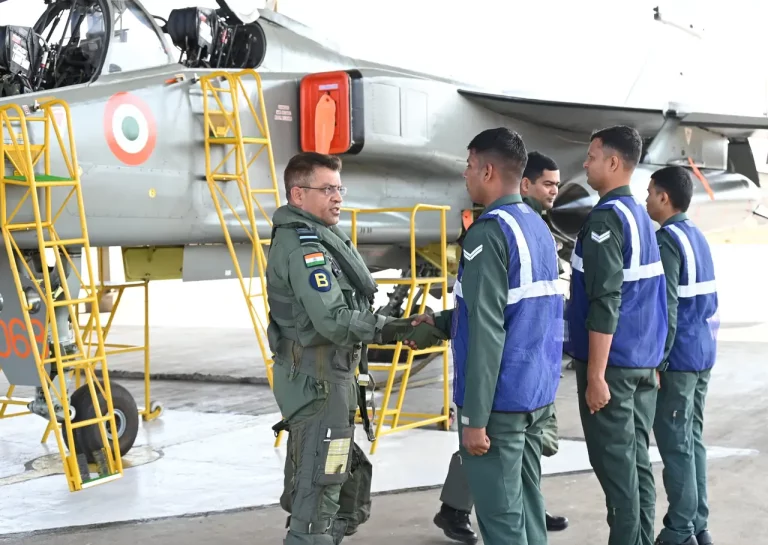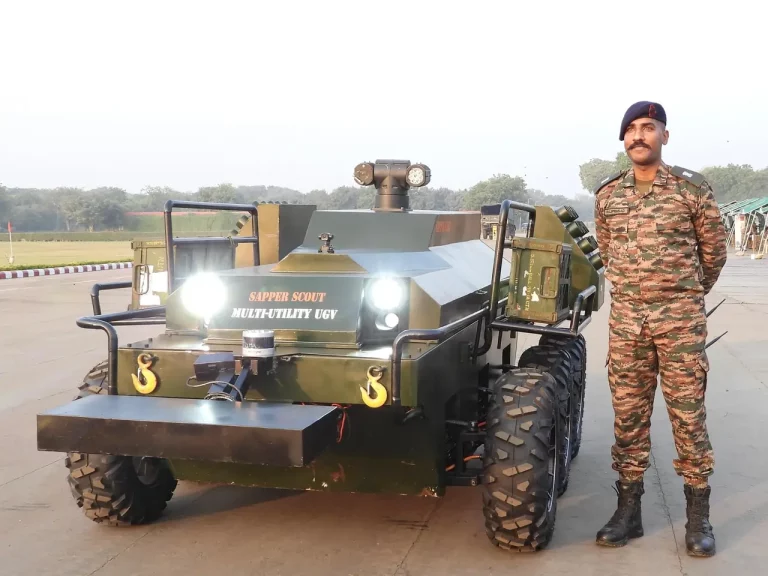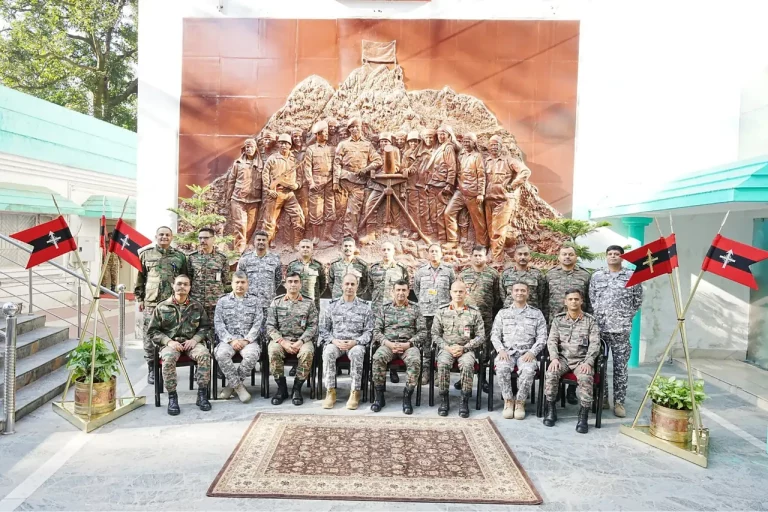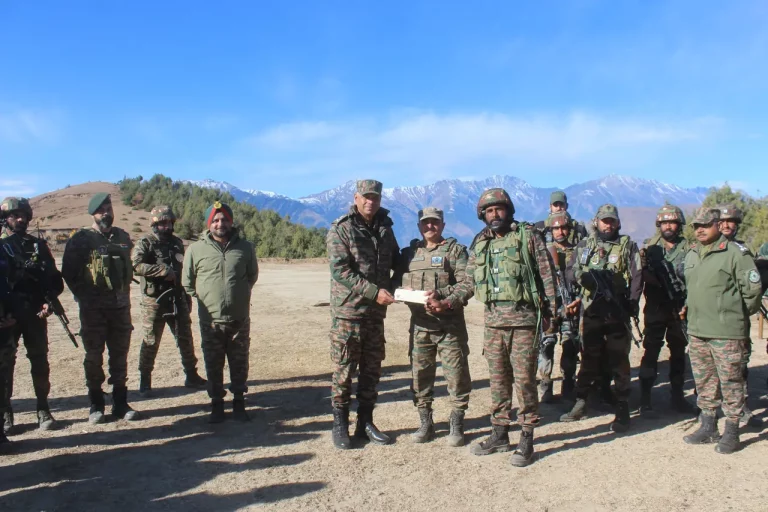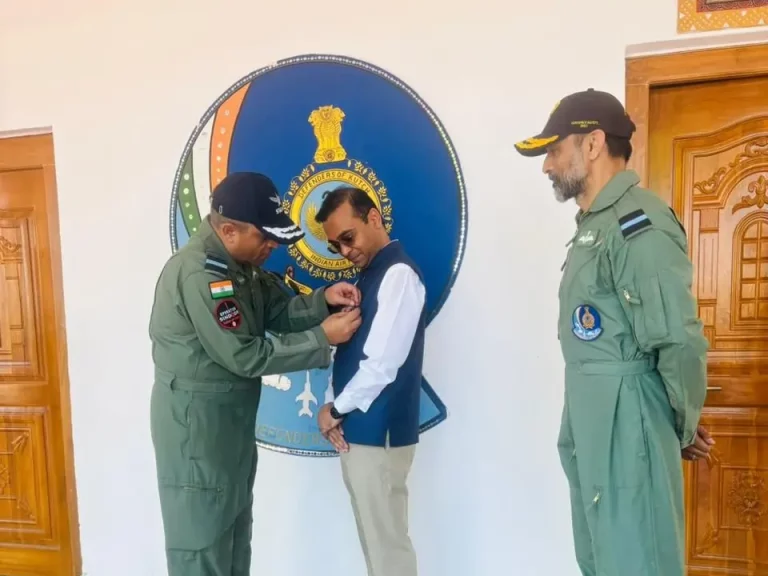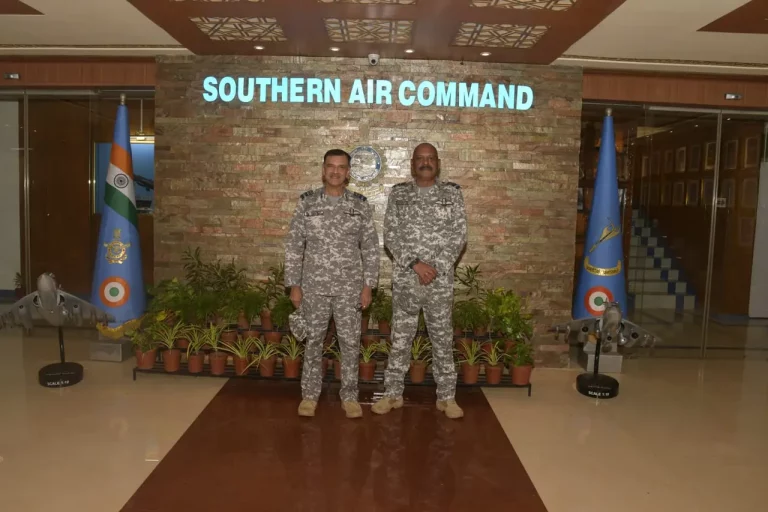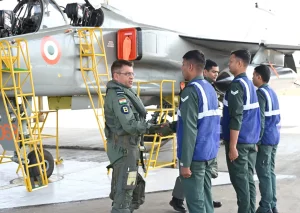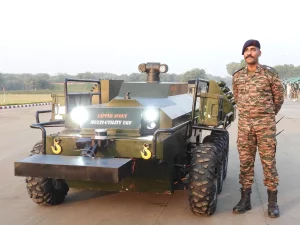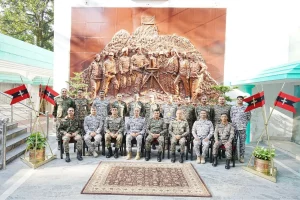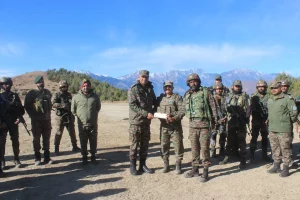The National Security Guard (NSG), India’s foremost counter-terrorism unit, marked its 41st Raising Day with a dynamic series of operational demonstrations at its garrison in Manesar. The event emphasized the elite force’s steadfast commitment to national security amid evolving threats and attracted various dignitaries while showcasing advancements in training and infrastructure.
Established in 1984 in response to the assassination of Prime Minister Indira Gandhi and the subsequent Operation Blue Star, the NSG was designed as a federal contingency force to combat terrorism with precision. Over the last four decades, it has evolved into a hallmark of tactical excellence, integrating personnel from the Indian Army, Central Armed Police Forces, and State Police organizations. The NSG’s mandate encompasses counter-terrorism, counter-hijacking, hostage rescue, and protection of critical installations, often in high-stakes conditions.
The Raising Day celebrations kicked off with a ceremonial parade, followed by live demonstrations of the NSG commandos’ specialized capabilities. Attendees observed simulated scenarios involving close-quarters battle, bomb disposal, and rapid intervention tactics, which displayed the force’s integration of advanced weaponry, surveillance technology, and physical skill. These demonstrations underscored not just the rigorous training of the commandos but also their adaptability to contemporary asymmetric warfare.
Union Home Minister Amit Shah attended the event as the chief guest, delivering a speech that acknowledged the NSG’s significant contributions over the years. “The National Security Guard has been fighting a formidable battle against terrorism for the past four decades,” he stated, emphasizing the demonstrations as a testament to the nation’s robust defense mechanisms. Shah also touched upon the government’s zero-tolerance policy toward terrorism, referencing recent amendments to the Unlawful Activities (Prevention) Act (UAPA) aimed at strengthening investigative powers and disrupting terror financing networks.
In a notable announcement, Shah inaugurated the Special Operations Training Centre (SOTC) at Manesar, a state-of-the-art facility costing Rs 141 crore. This center will cater to both NSG personnel and commandos from state police forces, enhancing collaborative training in urban warfare, explosive ordnance disposal, and cyber-threat mitigation. The initiative forms part of the government’s broader strategy to fortify inter-agency coordination and capacity-building across law enforcement.
Further expanding the NSG’s operational capabilities, Shah also revealed plans for a new NSG hub in Ayodhya, Uttar Pradesh, which will be the seventh regional center in the country. This expansion intends to enhance rapid response capabilities in sensitive areas, ensuring swift action against potential threats. Existing NSG hubs in major cities like Mumbai, Chennai, and Kolkata have already played crucial roles in past operations, notably during the 2008 Mumbai attacks, where NSG commandos executed a complex rescue operation.
The occasion also featured interactions with NSG families and veterans, paying tribute to the sacrifices of those who serve in relative anonymity. The force has conducted numerous high-profile missions over the years, including the 2016 Pathankot airbase assault, while also maintaining vigilance against cross-border terrorism. Despite its successes, the NSG remains committed to modernization, integrating technologies such as artificial intelligence-driven analytics and drone surveillance to stay ahead of adversaries.
As India reflects on 41 years of dedicated service from the NSG, the Raising Day serves as a poignant reminder of the vigilance required in facing persistent security challenges. With its motto, “Sarvatra Sarvottam Suraksha” (All-Around Perfect Security), the NSG continues to be a cornerstone of the country’s internal defense architecture, ready to safeguard the nation’s sovereignty for the years to come.
